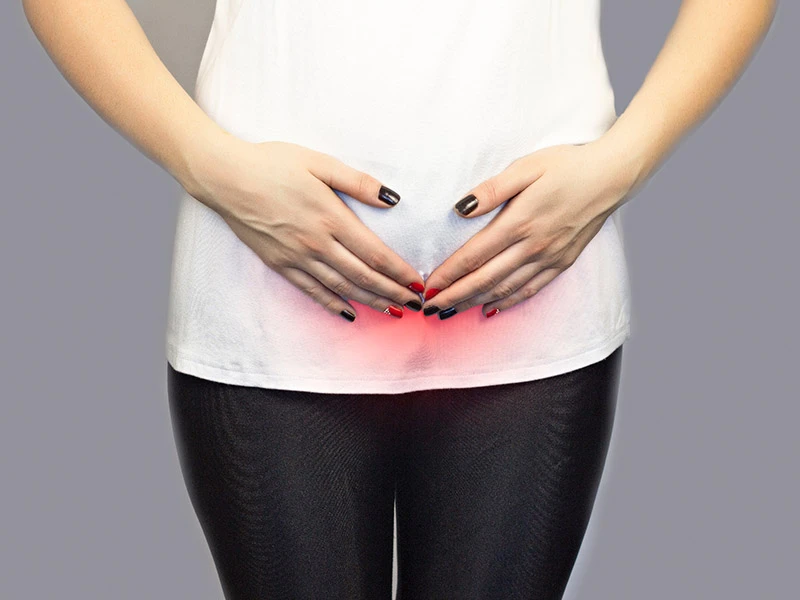Diverticulosis
What is diverticulosis?

Diverticulosis is the presence of tiny bulges or pockets (diverticula) in the colon. Diverticulosis can lead to diverticulitis. Diverticulitis is inflammation and infection of the bulges in the colon wall. Diverticula can range from pea-size to much larger. Although they can form anywhere in the inner lining of your colon, they are most commonly found in your lower left side, in the S-shaped segment of your colon called the sigmoid colon.
Diverticulosis is very common, and occurs in 10% of people over age 40, and in 50% of people over age 60. The rate of diverticulosis increases with age, and affects almost everyone over age 80.
You are at increased risk of diverticular disease (diverticulosis or diverticulitis) if you:
- Are over 40 years old
- Are male
- Are overweight
- Eat a low-fiber diet
- Eat a diet high in fat and red meat
- Don’t exercise
- Take NSAIDs like aspirin, ibuprofen (Advil®, Motrin®) and naproxen (Aleve®), steroids, or opioids
- Smoke
Scientists aren’t sure what causes diverticulosis, but they think it’s caused by not eating enough fiber, causing a buildup of waste in your colon. That build up of waste puts extra strain on the walls of the colon, causing the little pockets to form in weak areas of your colon.
What are the symptoms of diverticulosis?
Diverticulosis generally has no symptoms. Diverticulitis, however, has symptoms that include:
- Pain or cramps in the lower left side of your abdomen
- Fever
- Nausea or vomiting
- Constipation or diarrhea
- Rectal bleeding
